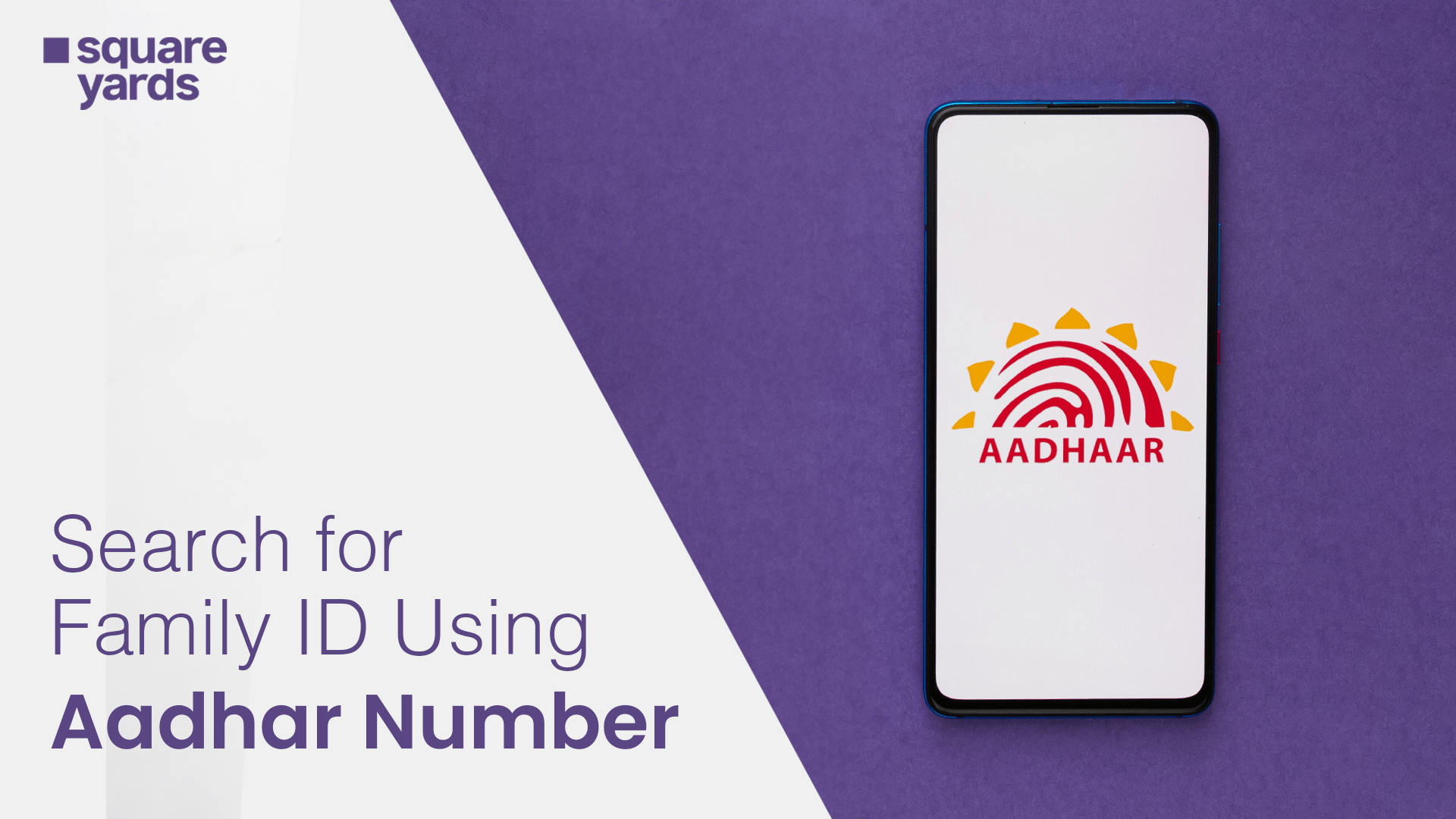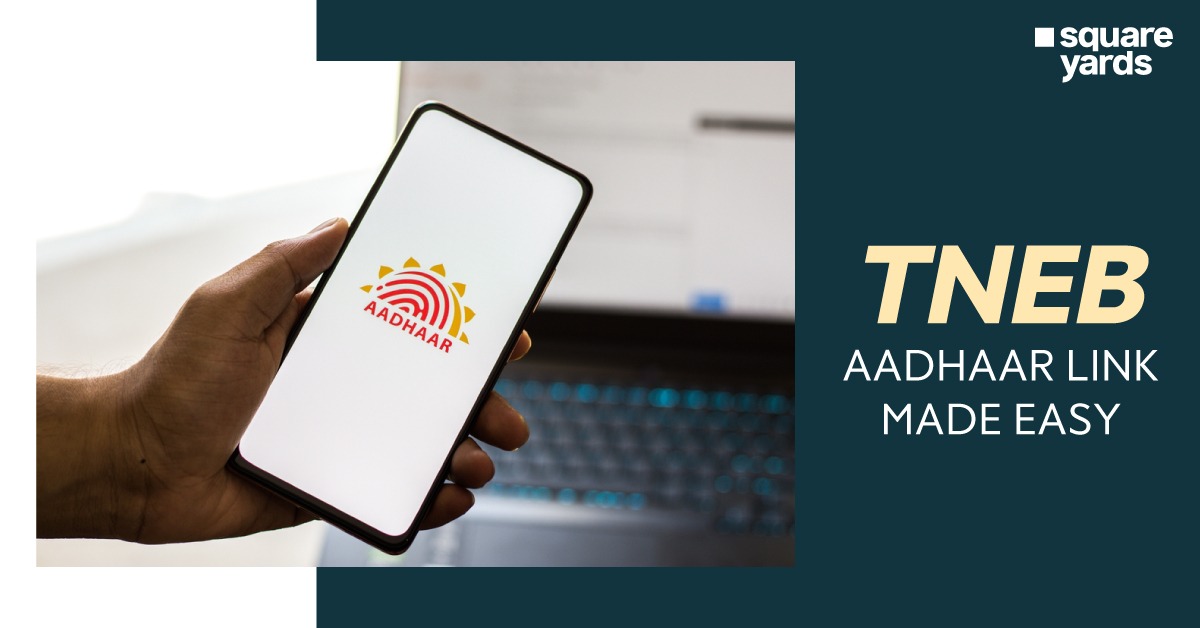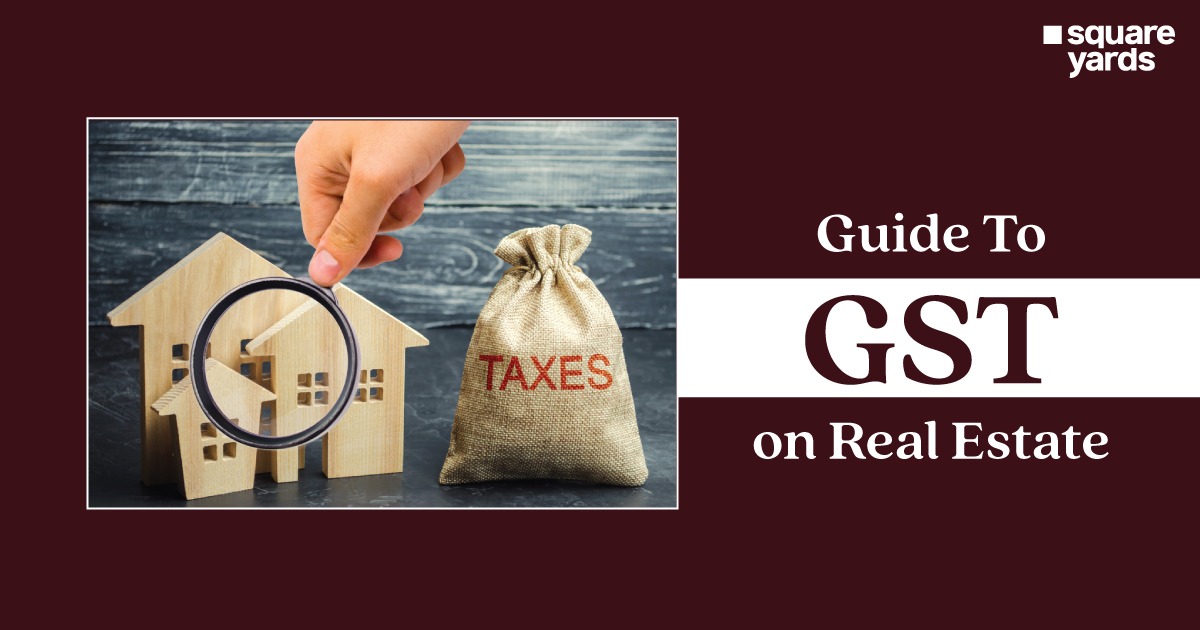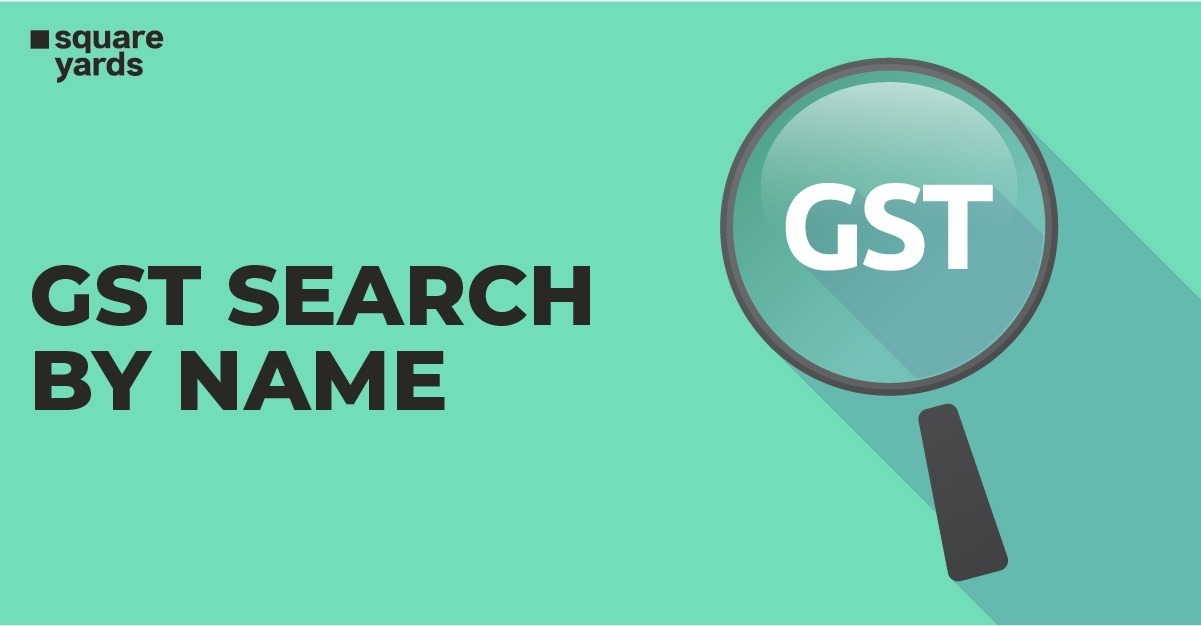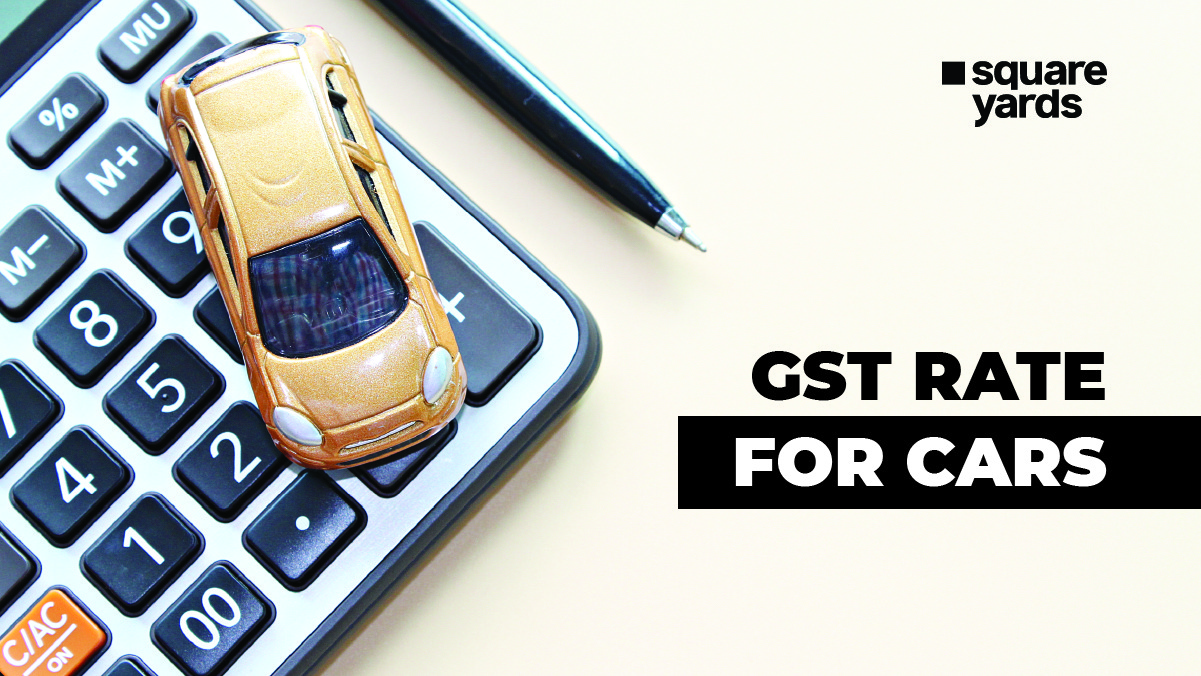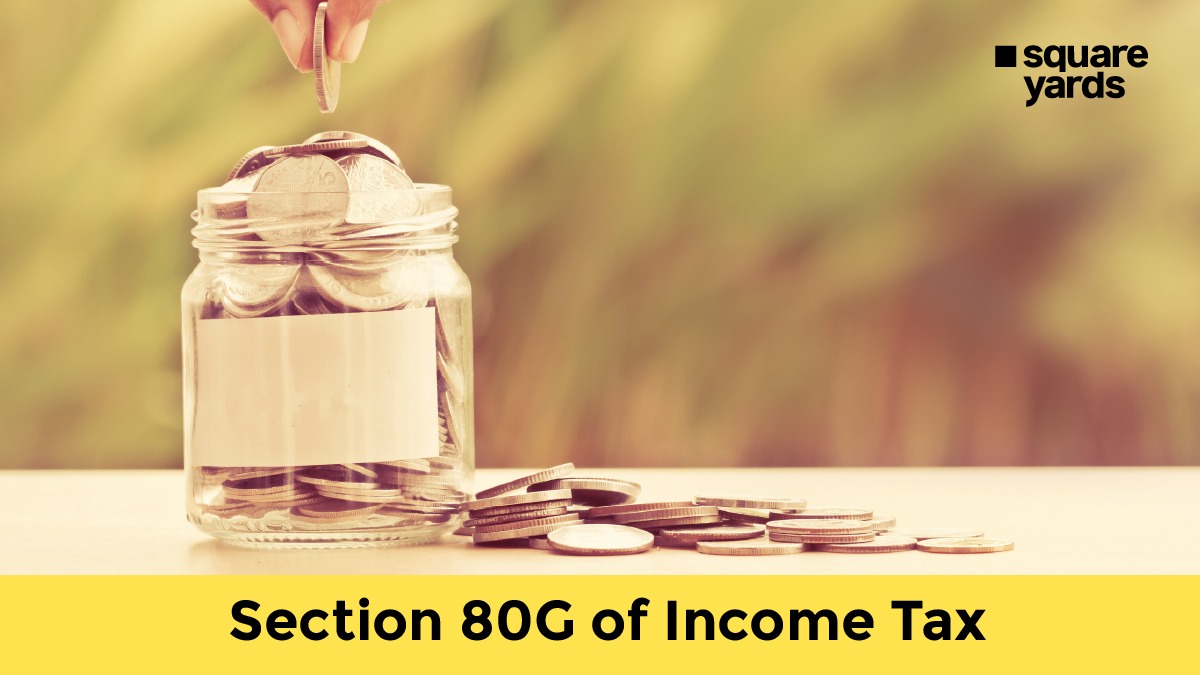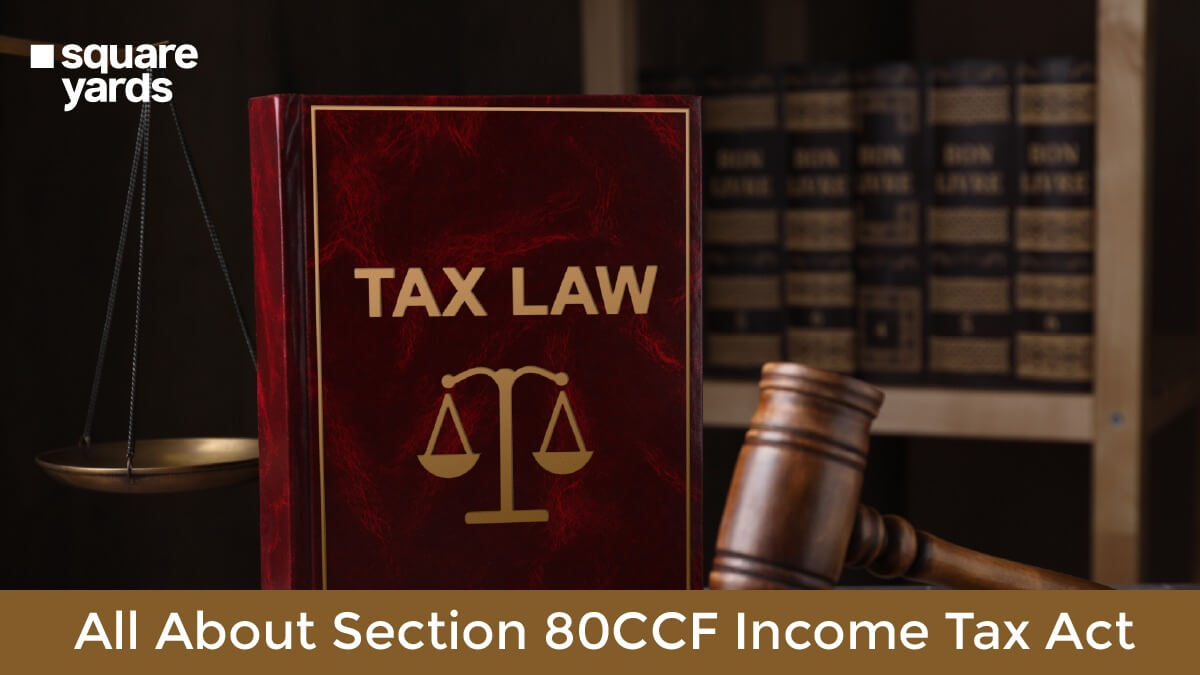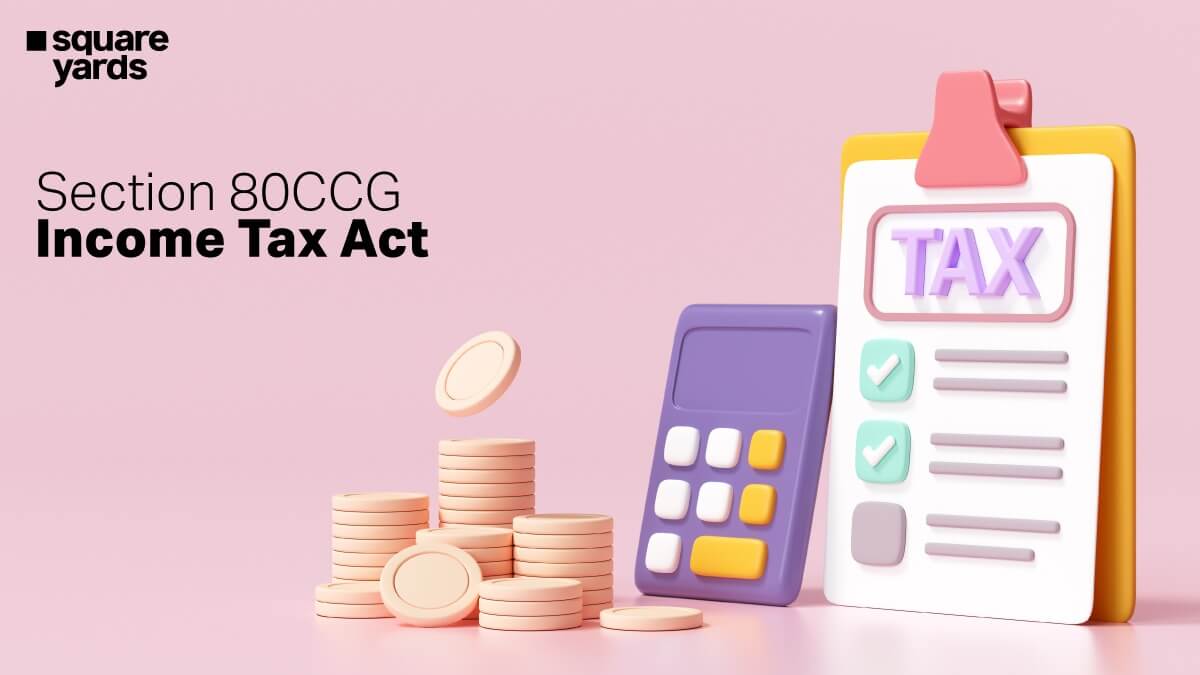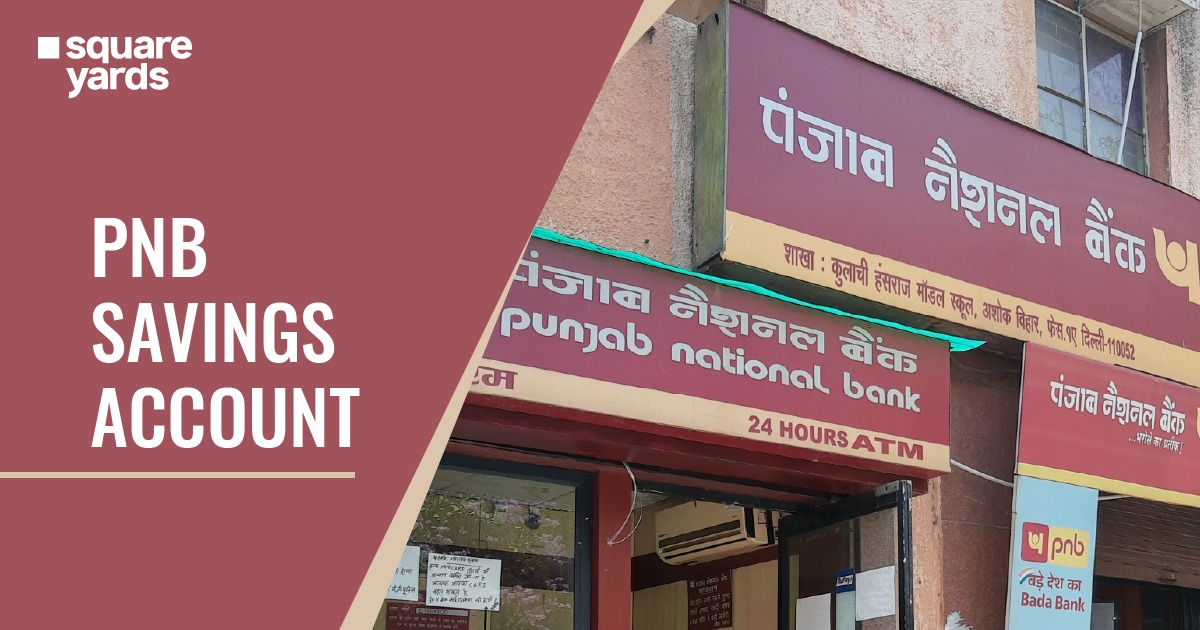Form 60 is a principal document that needs to be provided when a person does not own a permanent account number (PAN). However, when he or she is involved in certain transactions which are specified in Rule 114B of Income Tax Rules of 1962.
A PAN card is essential because it provides details regarding the taxpayers like the entirety of taxes paid, refunds issued, pending taxes, etc. Moreover, the Government of India has made the Permanent Account Number for carrying out transactions. In situations or transactions where an individual does not possess a PAN card, they will have to provide a duly filled and signed Form 60. Read on to learn more about the features and requirements of Form 60.
Table of contents
What is Form 60?
A declaration, Form 60 must be furnished by any individual who is involved in a transaction stated in Rule 114B of the Income Tax Rules, 1962 and does not possess a PAN. Form 60 also has to be filed when the person has already applied for PAN, but the allotment is still pending.
Why Use Form 60?
According to the provisions of income tax, it is compulsory for citizens of India to obtain PAN. The persons who have an income on which tax can be charged, or those who have a profession/business with a turnover exceeding the specified limits, etc. Mentioning PAN in some documents like an income tax return, any communication with the income tax department, or the documents related to specific transactions like the sale and purchase of assets, etc., is necessary.
There is a possibility that a person might not have acquired PAN because it is not compulsory, or he might have applied for it but not received it yet. The absence of PAN should not prevent individuals from making important transactions or make it difficult for the income tax authorities to ensure there is no tax evasion or fraud. In these scenarios, Form 60 can be provided along with the supporting documents to execute the transactions.
When is Form 60 Required?
The requirement of Form 60 occurs in the following transactions when a person does not have PAN or has the PAN allotment pending.
| Transaction Nature | Transaction Value |
| Sale or purchase of a motor vehicle. This category does not include two-wheelers, however, detachable side cars (it should have wheels connected to the vehicle) | Total value |
| Opening of a Demat account | Total value |
| Sale or purchase of any immovable property | If > ₹10 lakh |
| Fixed deposit in a bank | > ₹50,000 |
| Post Office deposit | > ₹50,000 |
| Contract for sale or purchase of securities | If > than ₹1 Lakh per every transaction |
| Opening of a bank account with a financial institution or bank | Total value |
| Applying for a debit or credit card | Total value |
| Payment of hotel bills/restaurant or the purchase of foreign travel or for foreign currency | If > ₹50,000 one time |
| Payment of mutual funds | If > ₹50,000 |
| Premium payment of life insurance | If more than Rs.50,000 in a year |
| Sale or purchase of shares of a company that is not listed in any recognised stock exchange | If > ₹1 Lakh per every transaction |
| Sale or purchase of goods/services not mentioned above | If > ₹2 Lakh per every transaction |
Please Note: In a scenario where an Indian minor has invested in a time deposit or has opened a savings account, the guardian’s PAN must be furnished with the application. If a PAN card is not present, Form 60 is necessary to be presented.
Details to Fill Form 60
| Detail 1 | Full name, including middle name and last name |
| Detail 2 | Birthdate in the DD/MM/YYYY format |
| Detail 3 | Father’s full name, including middle name and last name |
| Detail 4 – 13 | Address according to the official documents – Floor No, Room No, Name of premises/Flat, Block Name/Locality, Road/Lane/Street, City/Town, State, District Pin code |
| Detail 14 – 15 | Mobile Number and Telephone number (if any) |
| Detail 16 | Transaction amount |
| Detail 17 | Transaction date in the DD/MM/YYYY format |
| Detail 18 | Name of every individual if the transaction is joint |
| Detail 19 | Transaction mode |
| Detail 20 | Aadhaar number |
| Detail 21 | PAN acknowledgement along with application date (if already applied) |
| Detail 22 | An estimate of total income for the financial year if PAN is not applied |
| Detail 23 | Identity proof document details |
| Detail 24 | Address proof document details |
How to Download Form 60 PDF?
Form 60 can be obtained from the official website of the Income Tax Department. To download Form 60 in a PDF version, follow the below-mentioned steps:
Step 1: Head to the Income Tax Department’s official website.
Step 2: On the navigation menu, click on the “Forms/Download” option.
Step 3: A drop-down menu will appear, select “Income Tax Forms”.
Step 4: Numerous forms for the income tax will be displayed on the redirected page.
Step 5: Explore the list to find “Form No. 60”.
Step 6: Choose the document and it will be downloaded to the system automatically.
How to Submit PAN Form 60?
The Form 60 declaration should either be submitted on paper or online to the establishment with which the payment is being made. For instance, in order to open a bank account where you do not have PAN, you will have to furnish a thoroughly filled and self-attested copy of Form 60 in addition to the documents required by the bank. If you receive the PAN card during the entire process, ensure that you inform the bank which has your savings account.
Structure of Form 60
These details must be provided in Form 60:
- First name, middle name, and surname
- Date of birth (DD/MM/YYYY format)
- Father’s first name, middle name, and surname
- Flat number or house number
- Floor number
- Name of the apartment or house
- Block name and number
- Street
- Locality or area
- City
- District
- State
- Pin code
- Telephone number along with the STD code
- Mobile number
- Transaction amount
- Date of the transaction (DD/MM/YYYY format)
- The number of individuals who have been involved in the transaction
- Mode of payment
- Aadhaar number
- The acknowledgement number in case you have applied for a PAN Card but have not yet received it (DD/MM/YYYY format)
- Agricultural income and non-agricultural income for the financial year must be provided if you have not applied for a PAN.
- Details of the document that you have provided as proof of identity & address
It is also important to furnish a declaration duly signed along with the date stated on it.
How to Fill Form 60?
Before filling the Form 60, you will need to keep a few details ready which are a prerequisite for the form. The details are:
- Full name of the declarant
- Residence address of the declarant
- Date of birth and father’s name of the declarant (this detail is applicable to individuals only)
- Mobile number and full address of the declarant
- Transaction details (which includes the amount)
- Place where the income tax has been filed
- Declarant’s Aadhaar number
- Date of PAN application and the acknowledgement number must also be furnished if you have not received it yet.
Supporting Documents to Submit Form 60
Form 60, along with a copy of the given below documents, have to be submitted but only in a scenario where the PAN has been applied but has not yet been allotted. These below-mentioned documents will serve as address proof/identity proof where PAN is not applied.
- Aadhaar Card
- Driving License
- Passport
- Ration Card
- ID proof acquired through an accredited institution
- Copy of telephone bill or electricity bill
- Any document issued by the State Government, Central Government, or a local body
- Document proof for the address notified in the form
If PAN has been applied for and the allotment is still pending, only the submission of application proof would be sufficient.
How and to Whom One Can Submit Form 60?
Form 60 can be submitted through both offline and online channels. Form 60 needs to be submitted to the person with whom the transaction is being made.
Who Need Not Submit Form 60?
Form 60 needs to be submitted by the individual or person, not an enterprise or the company.
Essentials of Form 60
- Any sale or purchase of a property that is worth more than ₹5 lakh and is immovable.
- On purchase or selling of a motor vehicle. Submitting Form 60 is not mandatory during the sale or purchase of two-wheelers, however, you will have to furnish it while purchasing or selling detachable sidecars.
- Fixed deposit account which has ₹50,000 or above in any bank.
- If a deposit has been made in any of the post office savings accounts worth ₹50,000 or more.
- A contract that is valued at ₹10 lakh or more for the sale or purchase.
- If you have submitted an application for the attachment of a telephone connection which also includes a mobile phone.
- Payment is made to restaurants or hotels for a bill that amounts to ₹25,000 or above.
Results of Wrong Declaration
One needs to be extra careful while signing the declaration in Form 60 because if even a single piece of information provided is false, it will lead to serious consequences. It can lead to imprisonment from 3 months to 2 years, with an additional fine being charged. If the said amount is more than ₹25 lakh, then imprisonment along with a fine can be imposed for a false declaration.
PAN Card Forms Related Articles
| PAN Card Forms | Rule 114B |
| Form 49A | Rule 114E |
| Form 49AA | Amendment Rules for PAN transactions |
| Form 61 | Intructions for Form Filling |
Frequently Asked Questions (FAQs)
What is a Form 60 Declaration?
Form 60 is a declaration form that has to be submitted by a person or an individual who does not possess a permanent account number and who is involved in a transaction mentioned in rule 114B.
What is the Validity of Form 60?
The validity of Form 60 is considered in the banking sector.
Can Form 60 be filed by a company?
No, Form 60 cannot be filed by a company.
Is Form 60 required for NRI?
Form 60 has to be filed by an NRI if the permanent account number is not present.
Is Form 60 Required to Make a Fixed Deposit?
Submitting Form 60 is mandatory for making a fixed deposit of an amount that exceeds ₹50,000.
What is the Form 60 Download Process?
Form 60 can be downloaded from the official website of the Income Tax Department.






